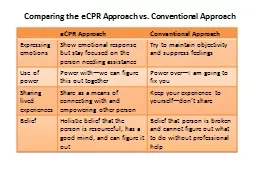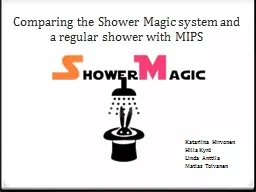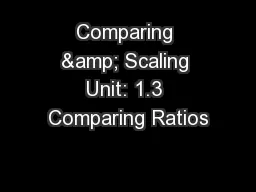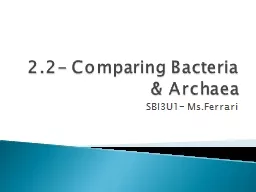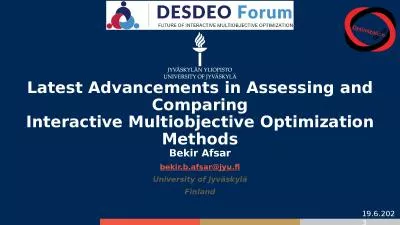PPT-Comparing the eCPR Approach vs. Conventional Approach
Author : ellena-manuel | Published Date : 2015-11-14
eCPR Approach Conventional Approach Expressing emotions Show emotional response but stay focused on the person needing assistance Try to maintain objectivity and
Presentation Embed Code
Download Presentation
Download Presentation The PPT/PDF document "Comparing the eCPR Approach vs. Conventi..." is the property of its rightful owner. Permission is granted to download and print the materials on this website for personal, non-commercial use only, and to display it on your personal computer provided you do not modify the materials and that you retain all copyright notices contained in the materials. By downloading content from our website, you accept the terms of this agreement.
Comparing the eCPR Approach vs. Conventional Approach: Transcript
Download Rules Of Document
"Comparing the eCPR Approach vs. Conventional Approach"The content belongs to its owner. You may download and print it for personal use, without modification, and keep all copyright notices. By downloading, you agree to these terms.
Related Documents

